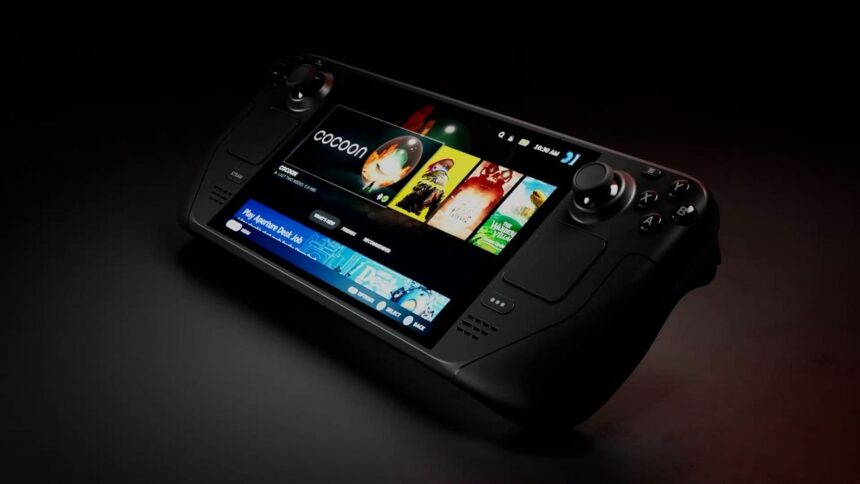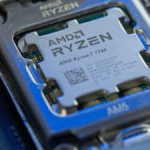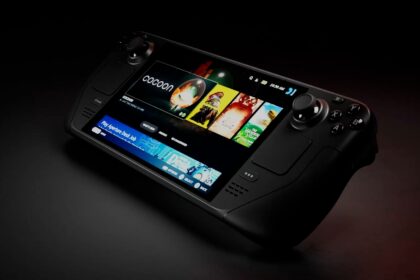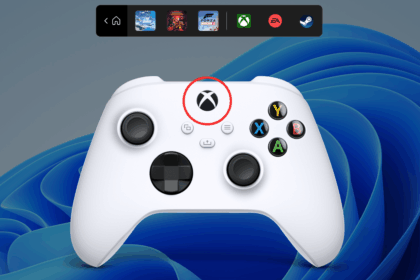Valve’s careful, methodical approach to hardware updates is once again shaping expectations for the long-awaited Steam Deck 2. While the original Steam Deck ignited the modern wave of portable gaming PCs nearly four years ago, its ageing Zen 2 CPU and RDNA 2 GPU are increasingly showing their limits.
Yet Valve remains firm: a new model will only arrive when the generational leap is truly transformative—not incremental.
Valve Wants a Truly Generational Leap for Steam Deck 2
In a new conversation with IGN, Pierre-Loup Griffais, one of the key figures behind the Steam Deck’s hardware and software design, reaffirmed Valve’s philosophy. They aren’t interested in simply releasing a “refreshed” model with modest boosts. Instead, the successor must offer a dramatic, unmistakable improvement in real-world performance—especially in areas that matter most for portable gaming efficiency, such as IPC (instructions per clock) and single-core responsiveness.
Griffais stressed that small increases don’t justify a new generation:
“We’re not interested in getting to a point where there’s 20, 30 or even 50 percent more performance for the same battery life. We want something a little more demarcated than that.”
This reflects Valve’s focus on balancing performance with battery life, heat, and overall efficiency, all of which are tightly constrained in handheld devices.
Why Valve’s 50% Threshold Is Not Enough
In desktop or laptop markets, a 30–50% performance increase is often considered excellent. But in handheld gaming systems, the trade-offs are far more delicate:
1. Power Efficiency Matters More Than Raw Power
Even small boosts in performance can dramatically increase heat output or power draw, reducing battery life—one of the Steam Deck’s most carefully engineered strengths.
2. Handheld Form Factors Are Thermally Limited
Increasing power without redesigning thermal solutions leads to throttling or loud fans. Valve wants a big leap that justifies revisiting the entire balancing act.
3. Developers Target the Baseline
If Valve introduces only a small performance bump, fragmentation occurs. Games calibrated for the new device may run poorly on the original, fracturing the user base. A truly generational update avoids this issue by setting a new, clearly higher baseline.
No Suitable SoC Exists Yet in the Handheld Segment
One of Griffais’s most interesting comments is that the level of performance Valve wants simply does not exist yet within the portable SoC market:
He says there is still no such level of performance in this SoC segment at the moment, but Valve is actively collaborating with the semiconductor industry to reach that point.
This is almost certainly a reference to AMD, Valve’s primary partner and the designer of the Steam Deck’s custom APU. AMD has released newer architectures—Zen 3+, Zen 4, and RDNA 3—but handheld-friendly versions often trade efficiency for power, or fail to deliver big IPC jumps at low wattages.
Valve needs:
- A new APU with significantly higher IPC
- A more efficient GPU architecture
- A fabrication node that drastically improves performance-per-watt
- Support for modern features like AV1 encode/decode, better FSR performance, and improved memory bandwidth
None of the current low-power APUs hit all these requirements simultaneously.
Why the Current Steam Deck Hardware Is Showing Its Age
The original Steam Deck uses:
- Zen 2 CPU — introduced with Ryzen 3000 desktop chips in 2019
- RDNA 2 GPU — launched with Radeon RX 6000 GPUs in 2020
This hardware is now several generations old, and while Valve has optimised its software stack brilliantly (SteamOS, Proton, shader precaching, dynamic GPU clocks), some modern AAA games are beginning to struggle without heavy developer optimisations.
Game developers often now need to:
- Lower texture quality
- Use aggressive dynamic resolution
- Tailor CPU usage around low IPC cores
- Take advantage of FSR to maintain acceptable framerates
Despite this, the Steam Deck’s popularity continues because the software experience is outstanding and stable—but a true generational jump is becoming increasingly desirable.
What Steam Deck 2 Likely Needs Before Valve Greenlights It
Based on Valve’s comments and industry trends, the Steam Deck 2 will almost certainly require:
• At least a 2× CPU performance jump
This likely means moving to Zen 5 or an equivalent architecture with major IPC gains.
• A much more efficient GPU architecture
Possibly RDNA 4, offering higher performance at Steam Deck–friendly wattages.
• A new manufacturing node
Such as TSMC 4nm or 3nm to ensure lower power consumption and better thermals.
• Improved RAM bandwidth and LPDDR6 memory
Necessary to feed a substantially more powerful iGPU.
• Stronger hardware-accelerated upscaling
To pair with FSR-like techniques for higher resolution handheld displays.
• Equal or better battery life
Valve refuses to trade battery longevity for performance—a core design principle.
Valve is in no rush. A Steam Deck successor will only launch when the portable SoC market provides a major, transformative step forward—not 20%, not 30%, not 50%, but something meaningfully higher.
Until then, Valve continues working closely with AMD and tracking semiconductor advancements to ensure that when Steam Deck 2 arrives, it represents a true generational shift that maintains the company’s core design values.
If you’d like, I can also detail potential specs for Steam Deck 2 based on industry roadmaps—or compare it with devices like Asus ROG Ally and Lenovo Legion Go.











